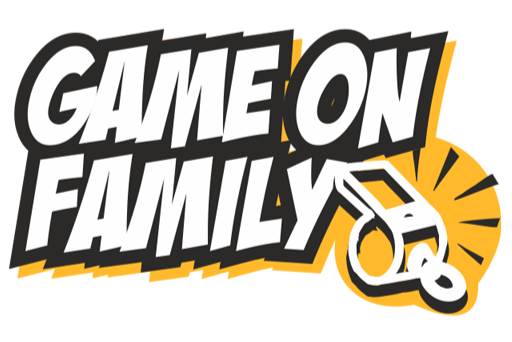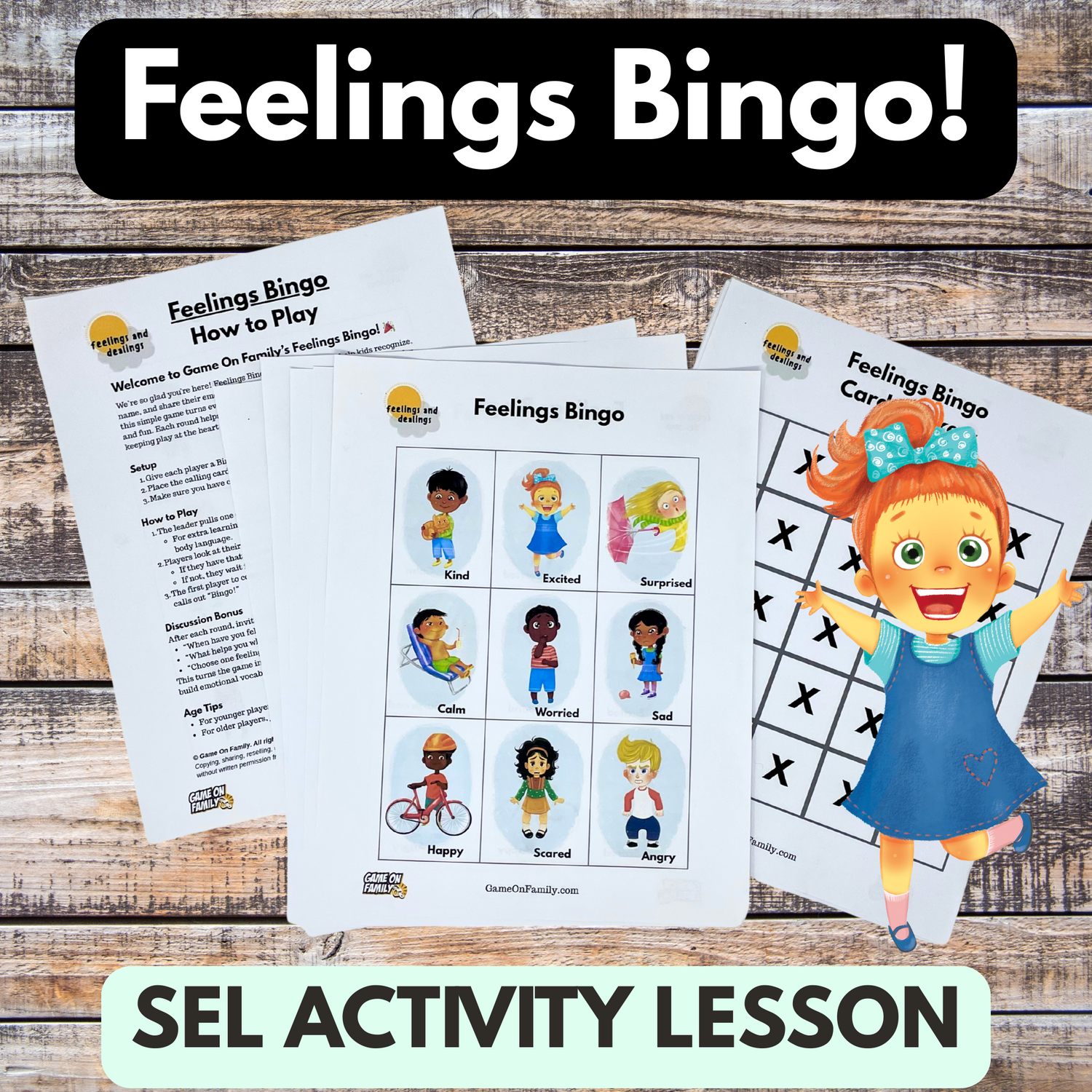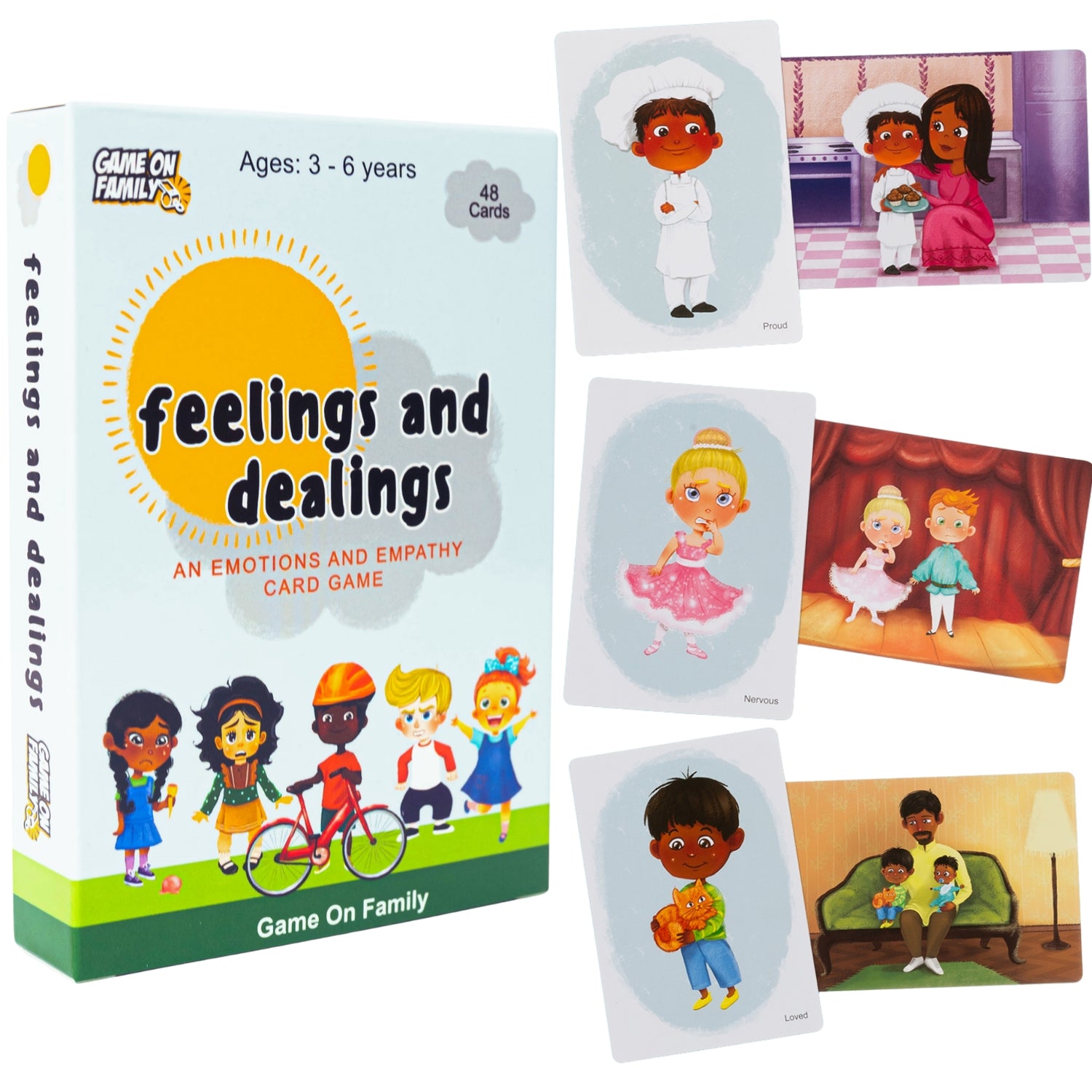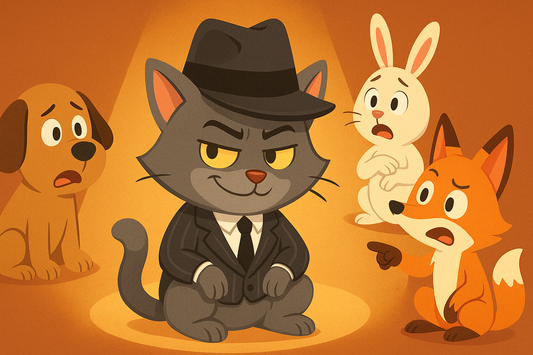
How to Play Liar's Dice
Share
What is Liar’s Dice?
Liar’s Dice is a social game of deception and strategy. Each player can only see the dice in their hand, but must make bids on ALL the dice, including ones hidden by their opponents. Players make bids and call bluffs on other players, while attempting to avoid losing challenges (and losing their dice!).
Objective
To be the last player with dice remaining, by avoiding losing challenges as either the bidder or the challenger.
Number of Players
Liar’s dice is played with two or more players. We think it’s at its best with three to eight players.
Age
While Liar’s Dice is mostly played by adults, it’s also great for kids 7 and up. Really, players just need basic number sense skills, such as number recognition, order, and addition. They’ll also build some experienced probability skills (without needing to understand statistics).
What you need / Equipment
Skills
- Math (number sense, addition, probability)
- Strategy
- Social skills (reading people, bluffing, etc)
Why We Like It
Liar’s Dice is a fast-paced, social game of strategy, bluffing, and decision making. While playing players are also reinforcing math skills.
How to play Liar's Dice
1: Find a friend (or more) and grab 5 dice per player
You’ll need two or more players, five dice per player, and one cup (or shaker) per player to roll the dice.
2: Determine who goes first
Use a simple roll-off to determine the first player. Players simultaneously roll any number of dice (we suggest 2) and the person with the highest dot total goes first. To keep it simple, ones are not wild during the roll off.
3: Play the first round by rolling all 5 dice and keeping them hidden
To begin the first round, all players put all of their dice in their cup, shake it, and roll by flipping the cup over so their dice are hidden. They will peek underneath their cup to see what dice they have.
4: Place the bid
The first player begins the round by placing their bid. They will declare a quantity of dice (e.g. five) and the face value of the dice they’re bidding on (e.g. threes). With this bid, the player is saying that there are at least five dice between all players that are a three. So: 5, 5, 5 Note:1s are wild and count towards the quantity of any face value being bid.
5: Play the next turn by increasing the bid or calling a bluff
Play continues clockwise and after each bid, the player to the left is faced with 2 decisions:
5A: Increase the bid
The most common option on any turn is to increase the bid. You may do this either because you believe the bid is lower that what the likely dice would be if revealed, or if you want to avoid the risk of calling a bluff (below). A bid may be increased in one of two ways: 1: Keep the quantity the same, but increase the face value. For example, on a call of “five threes” you could call five fours (4, 4, 4, 4, 4), five fives (5, 5, 5, 5, 5), or five sixes (6, 6, 6, 6, 6). OR 2: Increase the quantity and use ANY face value. For example, on a call of “five threes” you could call six ones (1, 1, 1, 1, 1, 1), six twos (2, 2, 2, 2, 2, 2), six threes (3, 3, 3, 3, 3, 3), six fours (4, 4, 4, 4, 4, 4), six fives (5, 5, 5, 5, 5, 5), or six sixes (6, 6, 6, 6, 6, 6). Or seven+ of anything. As long as the quantity increases, you can call any face value of dice.
5B: Call the bluff
When the turn rotates to a new player, if they believe that the bid exceeds the reality of what the dice reveal AND they feel so strongly that they’re willing to challenge, they can “call” the bluff by saying “call” (or bluff, open, challenge, etc). Once a bluff is “called,” all players lift their cups to reveal their dice, and the quantity of the dice with bidded face value (plus the wild 1s) is counted. If the bidder doesn’t have enough of the dice called, they lose the hand. If there are more dice of that face value than bid, the challenger loses the hand. Whoever lost the hand must remove one die from their cup, and they go first in the next round. Note: Players may call bluffs out of turn for double the risk (losing 2 dice instead of 1) per the rules below.
6: Continue playing clockwise with increasing bods until a challenge is won or lost
Play will continue clockwise through multiple rounds until there is only one player remaining who has dice. That player is the winner.
Liar’s Dice Video Tutorial
Liar’s Dice Rules
- Increasing bids on the next turn must be either: a higher face value and same quantity of dice (e.g. increasing from three fours to three fives or three sixes) OR a higher quantity of dice of any face value (e.g. increasing from three fours to four twos, etc).
- Ones are wild and count towards any face value. The one Except if called by the first bidder. Then they only represent ones for the rest of that hand/turn/round.
- Whoever loses a challenge, either the bidder or the challenger, must remove one die from their hand for all remaining rounds.
- If the dice are stacked in a players cup, the player should lift up the cup to show players the stacked dice, then reroll.
- A player may challenge any bidder out of turn (i.e. the player is not sitting left of the bidder). However, if the challenger is wrong, there is a penalty of one additional dice being removed.
Variations
Liar’s Dice is actually a category of dice games, but the version outlined above, known as “single hand” liar’s dice, is the most popular version.
- Common hand: A two player, poker style game of liar’s dice.
- Spot on: Call “spot on” if you think there are example the number called, everyone loses one (or that player gains one)
- Offshoots: There are a number of rules variations with their own names, like Dudo
Liar's Dice FAQs
What are the origins of Liar’s Dice?
The origins of Liar’s Dice trace back to the Inca Empire in the 15th century. It further expanded through Latin America and Europe under several different names and variations.
How many dice in Liar’s Dice? Is Liars Dice 5 or 6 dice?
Liars Dice is played with 5 dice per player.
What is liars dice called?
Liars dice is actually a class of dice games involving bluffing. But when someone says “liars dice” they usually mean the variation of “single hand” version (all players play the same, shared, single hand), which is outlined in this article. Some people do play a two player version called “common hand” liars dice where they’re playing poker hands. And there a lot of variations of rules for offshoots like Dudo, Call My Bluff, Pirates Dice, etc.
Why is it called liars dice?
Liars dice gets its name because players frequently bluff to deceive their opponents. Each player is able to see only their own dice. But all players bid on the collective total of dice. So it’s a common strategy to misrepresent what’s in your own hand.
How do you beat liars dice?
To win at liar’s dice you need to avoid losing challenges and therefore, losing dice. To do this, you want to avoid being challenged (or challenging) and losing OR avoid making bids that will get called and lose. Several strategies to do this are:
- Try not to call early. Even if you think it’s a likely bluff, if you’re early in the round, whatever you bid next likely won’t be called.
- Play your position well. If it’s a large group, play something that is conservative, but is unlikely to make it all the way back to you.
- Jump on the bandwagon. If a bunch of people are calling a certain number, it’s less likely to get called if you jump on the bandwagon.
- Mix up your strategies. If other players know that you ALWAYS bluff early (or never bluff) they can adapt their strategy to get an edge. So you want to mix up your game enough to keep them on their toes.
What is the hardest dice to roll?
Well. Every die has the same 1/6 chance of rolling any given number. When you introduce a second die, the odds of any single die rolling a number remain the same 1/6 probability, but the distribution of total pips rolled make the 2 (dice are 1 and 1) and a 12 (dice are 6 and 6) least likely as their is only one way to roll each of those combinations. However, liars dice isn’t about adding dice pips. It’s about the quantity of dice of a certain face value. So all number probabilities are are equal.
Is Liars Dice played in casinos?
Liar’s dice is not a casino game.
Did pirates really play Liars Dice?
It’s unclear if pirates played liars dice. Some resources say there’s some evidence to support it, while others say there is no evidence to support it and point to the 15th century Inca and Latin American origins (see origins above). But it wouldn’t be surprising if pirates did play Liar’s Dice as it’s a simple game, is a good gambling game, and it's extremely compact so doesn’t take up precious space on a boat. Also, maybe dice games, such as Yahtzee, have origins with sailing for the very reasons listed above. If you’re wondering about pirates and Liar’s Dice, probably either saw the Liar’s Dice scene in Pirates of The Caribbean Dead Mans Chest. Or you may have seen the branded “Pirates Dice” game, which is actually a branded game of the movie. :)
Is Pirates dice the same as liars dice?
Pirates Dice is a branded version of the game from the Pirates of the Caribbean movie. It's pretty much the same as Liar's Dice, except that the set has custom dice with a skull and crossbones to replace the one (and is played the same way as a wild).
How is the dice game played on Pirates of the Caribbean?
Here’s a great video explaining the full Liar’s Dice scene in Pirates of the Caribbean. It's a cool analysis. We'd like to add that the movie actually plays it mostly correct, except for 2 things:
- They play without ones being wild (probably for simplicity)
- Bootstrap increases his last bid out of turn. Play should have moved clockwise







